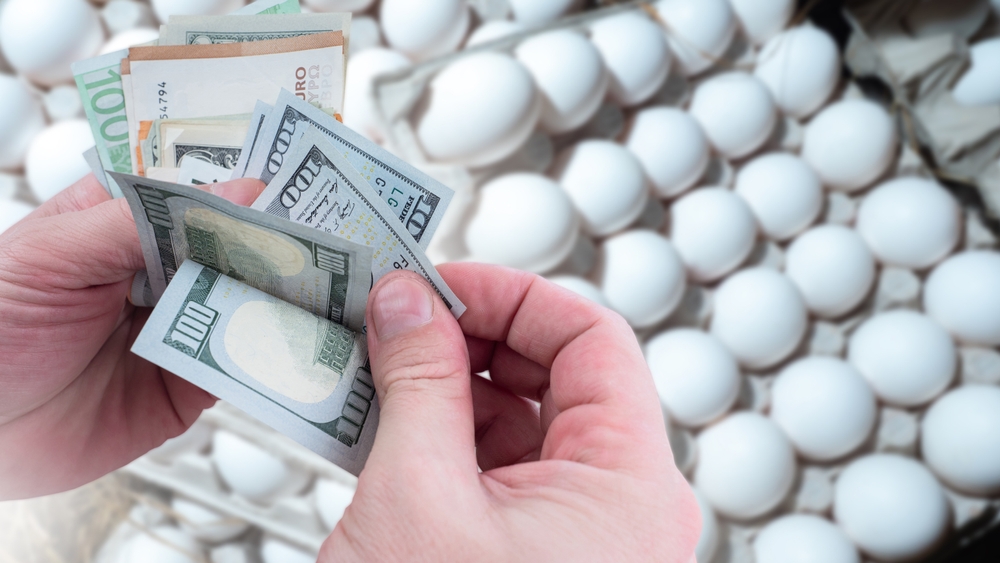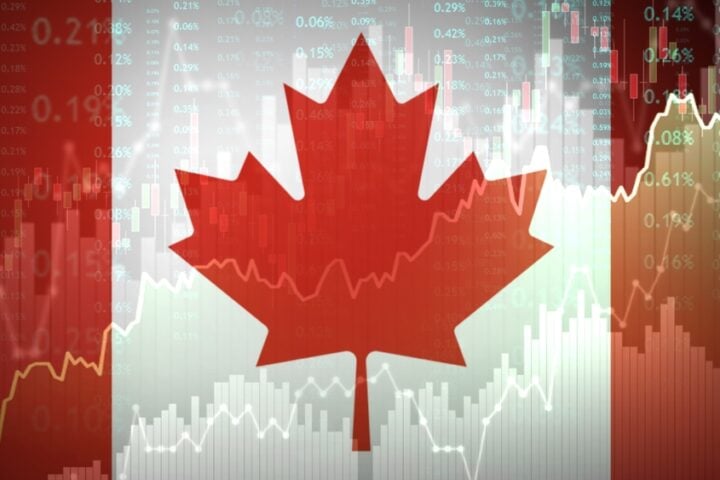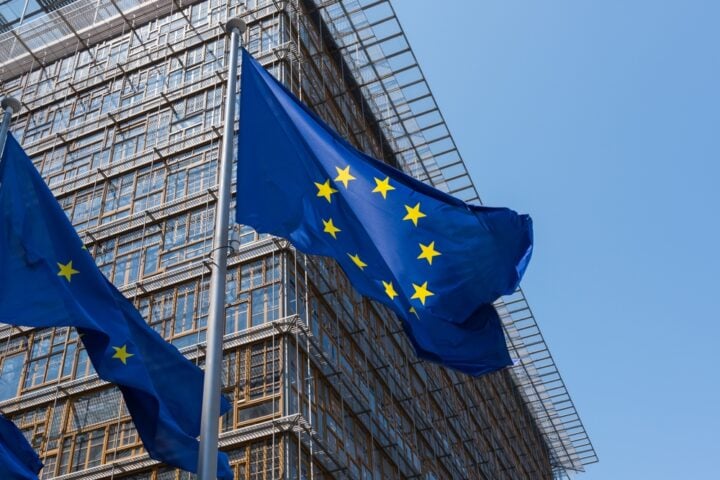U.S. egg prices surged again last month, reaching a new record of $6.23 per dozen. This comes despite President Trump’s optimistic projections, a decline in wholesale prices, and no recent bird flu outbreaks affecting egg farms.
No Relief in Sight for Consumers
The rise, reported in the Consumer Price Index on Thursday, suggests consumers and businesses won’t see immediate price relief. Egg demand remains high until after Easter, which falls on April 20. While wholesale prices dropped significantly in March, experts say the timing didn’t allow for those savings to be passed on yet. Agricultural economist Jada Thompson from the University of Arkansas noted that retail prices may not reflect the decline until April.
Bird Flu Still Lingers in the Background
Earlier price spikes were attributed to bird flu outbreaks that led to the slaughter of more than 30 million egg-laying hens. In March, only 2.1 million birds were culled—and none were from egg farms—but recovery has been slow. Farms affected last fall have struggled to resume production due to the six-month maturity cycle for new hens. As of March 1, only 285 million hens were producing eggs nationwide, down from 293 million the month before and well below the pre-outbreak level of 315 million.
Bird flu continues to impact the broader poultry industry, with over 168 million birds culled since the outbreak began. The disease spreads easily through droppings from wild birds and has recently affected dairy cattle and farm workers, though it’s not considered a major human health threat at this time.
Egg Prices Become a Political Talking Point
President Trump recently praised lower wholesale egg prices during a White House event, crediting the USDA and Agriculture Secretary Brooke Rollins. However, experts warn that his administration’s long-term strategy—focused on bolstering biosecurity at farms—will take time to show results. Trump and Vice President JD Vance have both highlighted the broader decline in inflation, but they’ve avoided addressing persistently high egg prices directly.
Rollins suggested the spike is temporary, pointing to a slight drop in the overall consumer price index. “We’re also moving into the Super Bowl of eggs, which is Easter,” she said, noting that prices should come down in the weeks ahead. Despite the costs, Trump confirmed that real eggs will be used at this year’s White House Easter Egg Roll, with farmers donating over 30,000 eggs for the event.
Regional Disparities and Retail Trends
Retail data from Datasembly showed that average egg prices started dropping in mid-March—from $5.98 the week of March 16 to $5.51 by March 30. Still, prices vary dramatically by region. At a Walmart in Richmond, California, eggs were $6.34 per dozen, while in Omaha, Nebraska, the price was $4.97. State laws such as California’s cage-free requirement contribute to the disparity.
Prices are projected to decline further in the coming weeks, but scrutiny is growing on major suppliers like Cal-Maine Foods, which provides 20% of the nation’s eggs. Cal-Maine recently confirmed it’s under investigation by the Department of Justice’s antitrust division over price increases. The company posted a net income of $508.5 million in its most recent quarter, up more than threefold year-over-year, with revenue nearly doubling to $1.42 billion due to elevated prices.
Plastic Over Protein
With real eggs so expensive, some consumers are turning to alternatives for Easter. Michaels, the craft retailer, reported that its $2.49 plastic egg kit is selling three times faster than expected, becoming a top seller this season.







